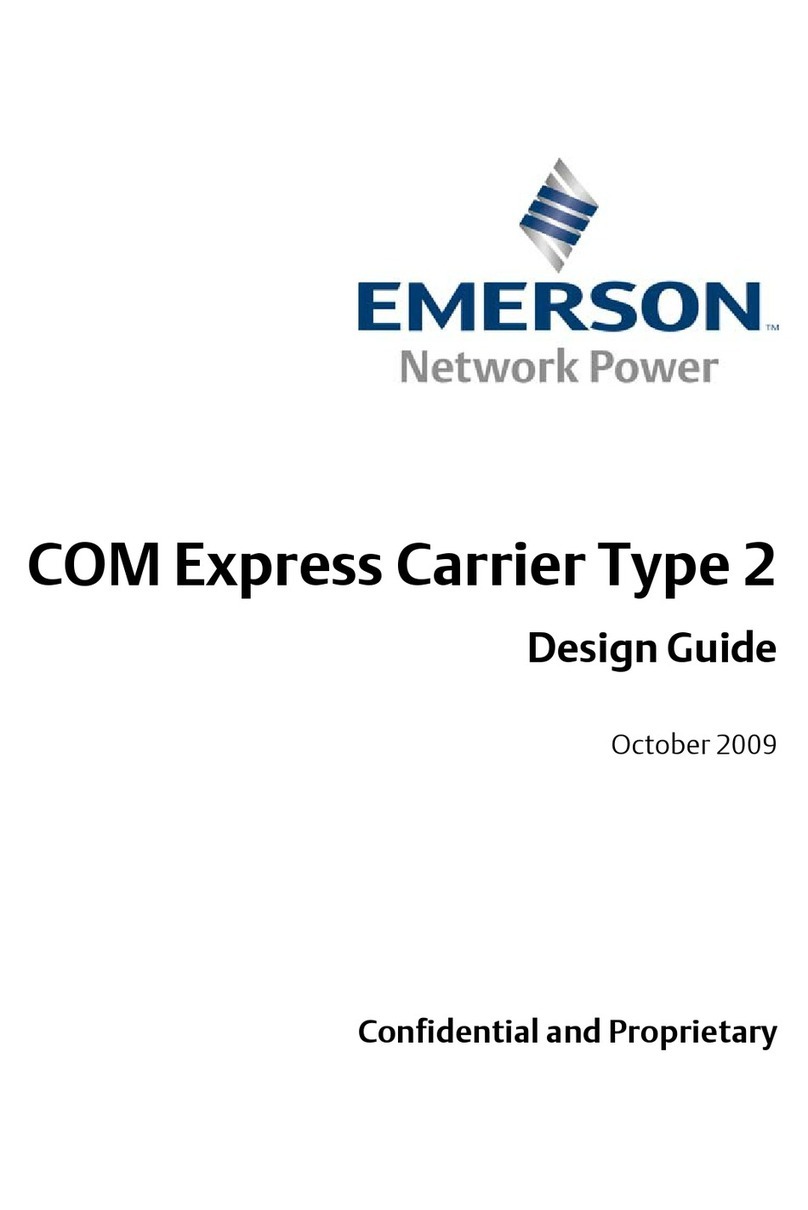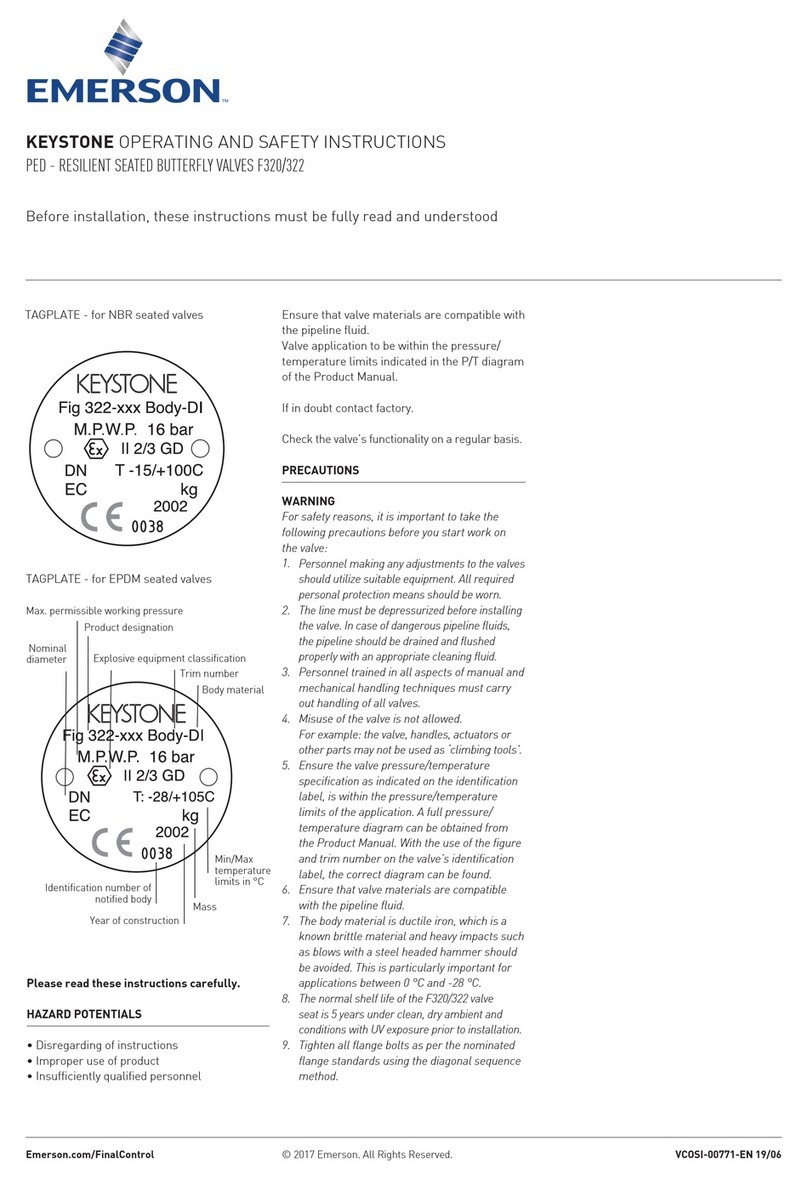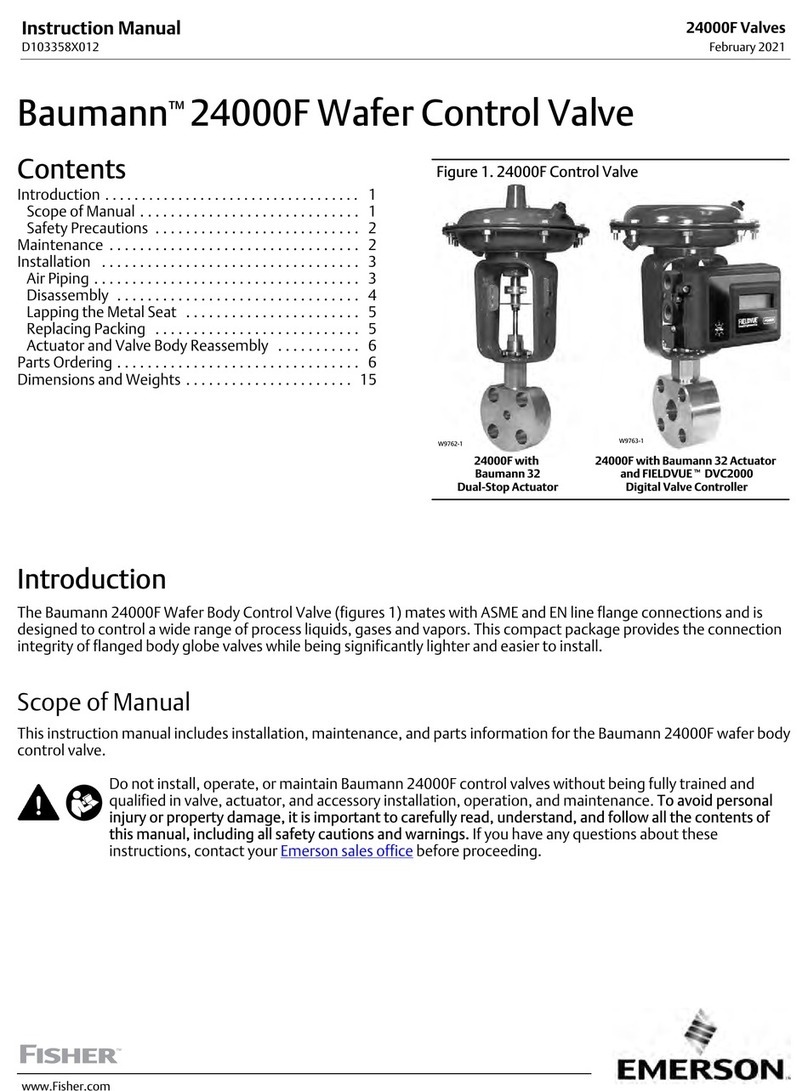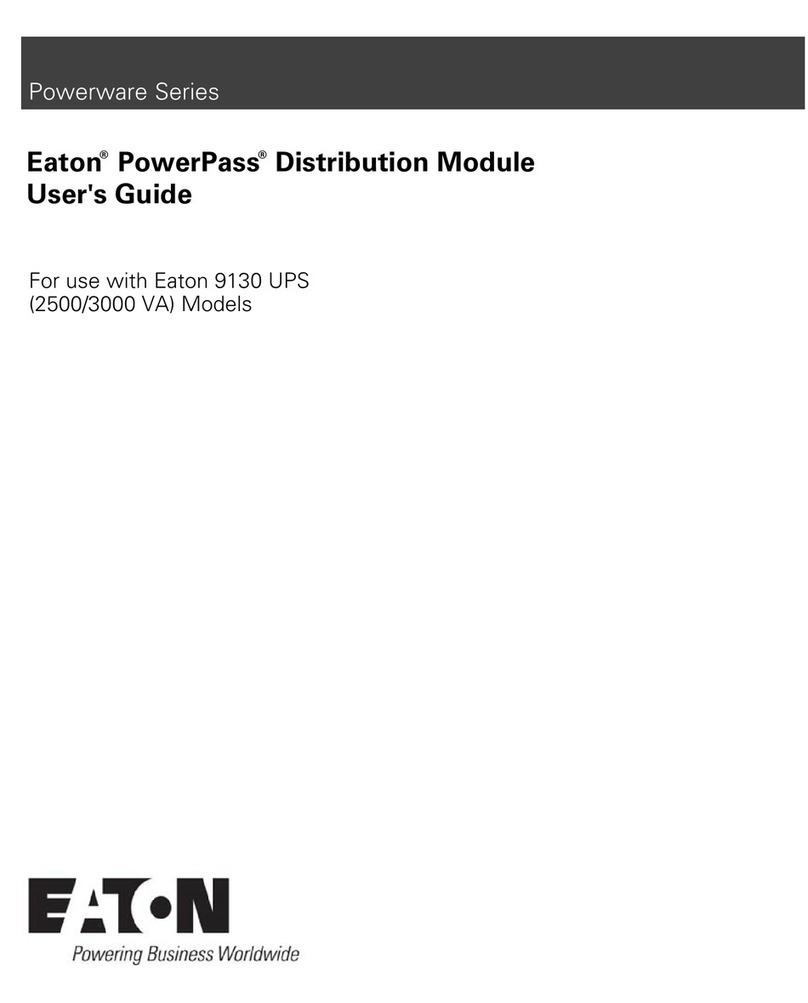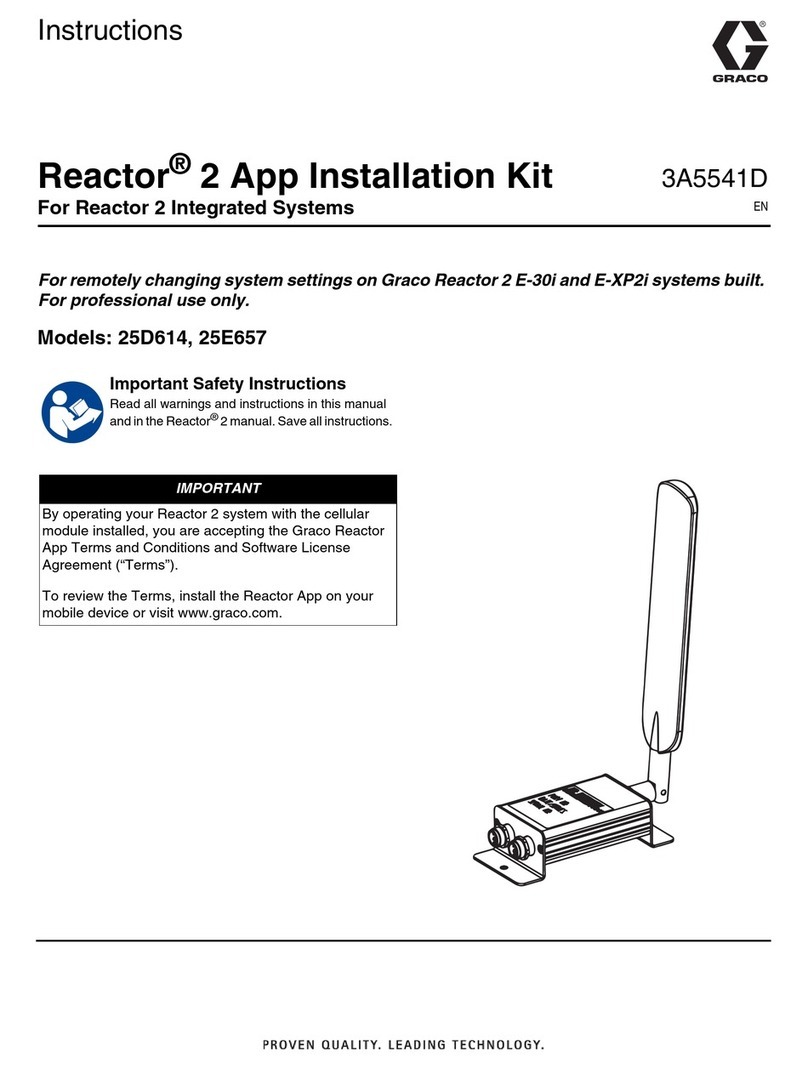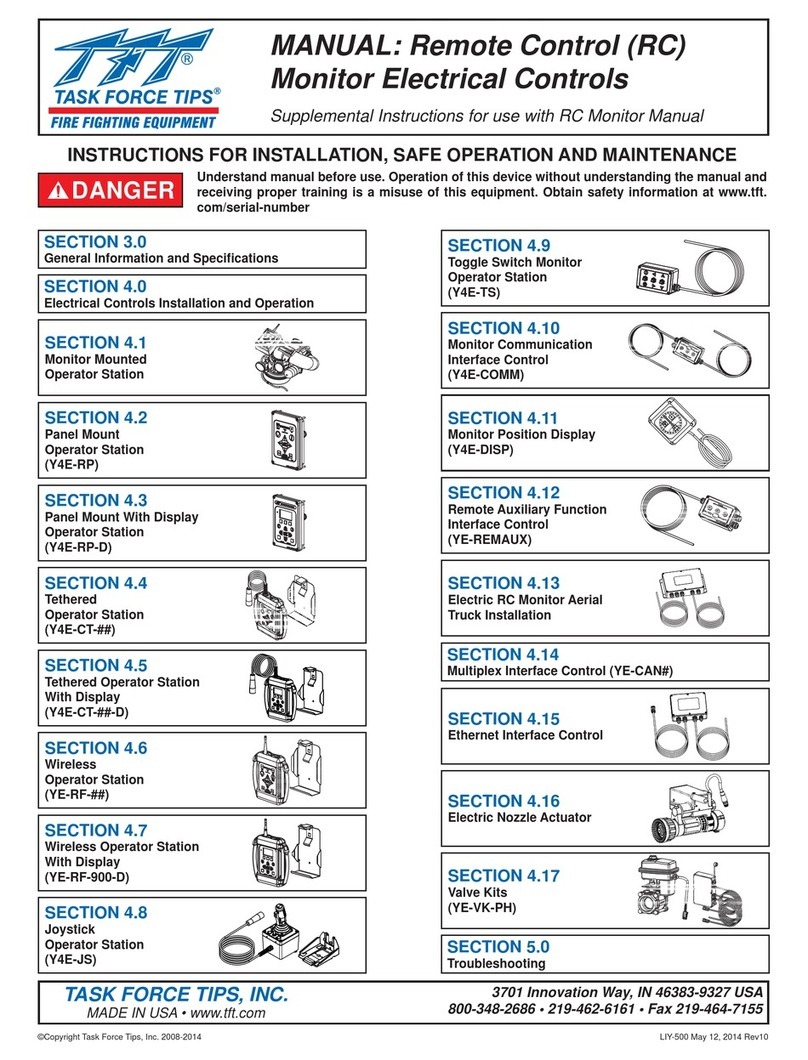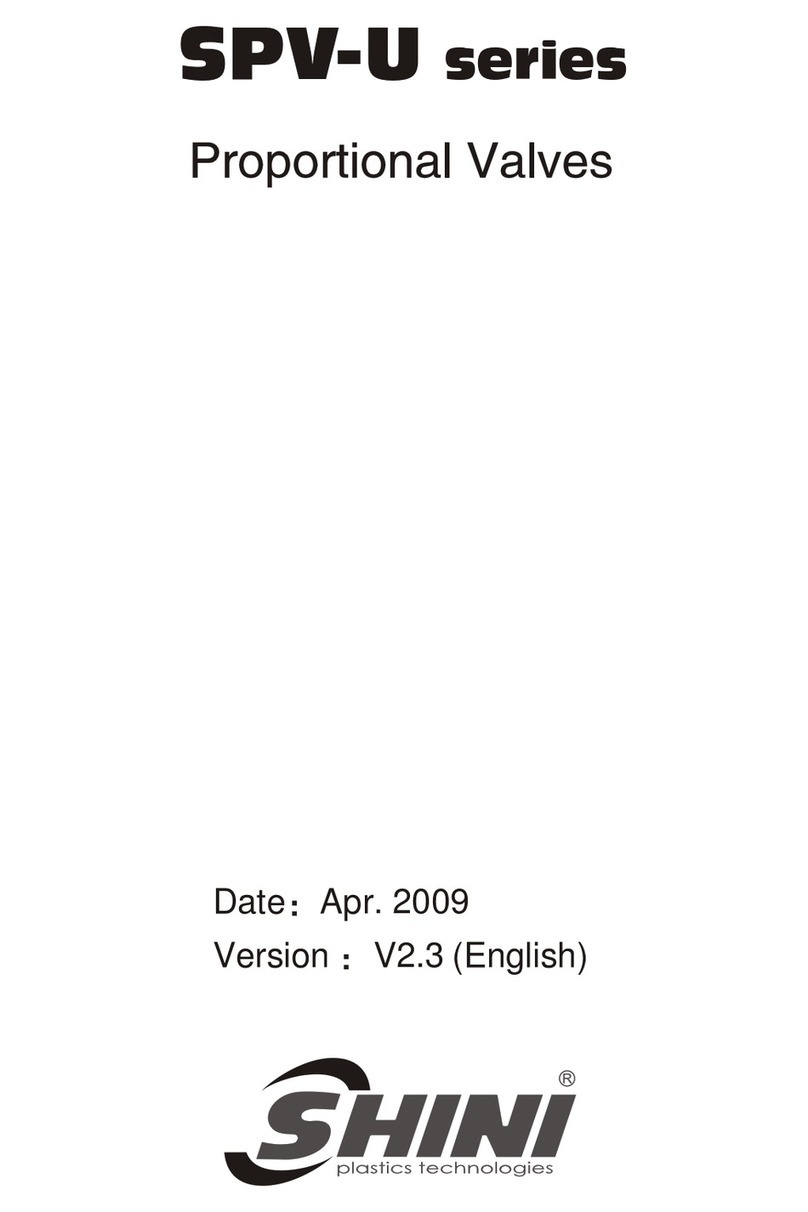Emerson Fisher V150E User manual
Other Emerson Control Unit manuals

Emerson
Emerson CASH VALVE C776 User manual

Emerson
Emerson Fisher V500 User manual
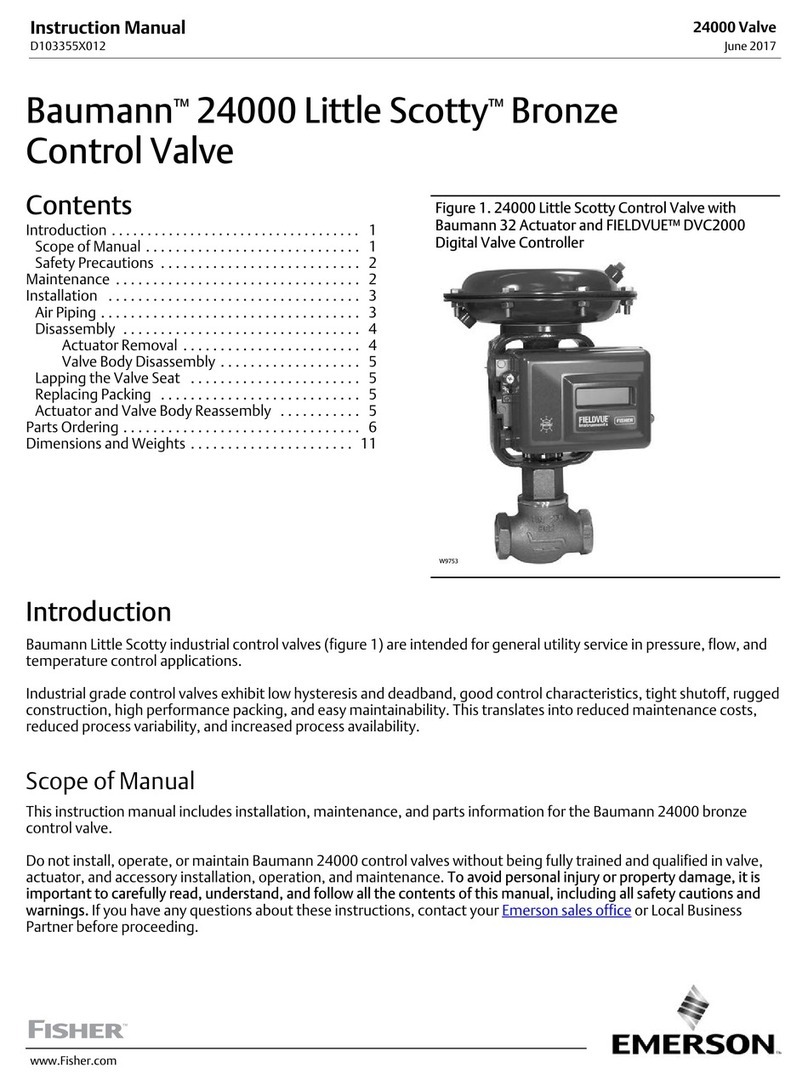
Emerson
Emerson Baumann 24000 Little Scotty User manual
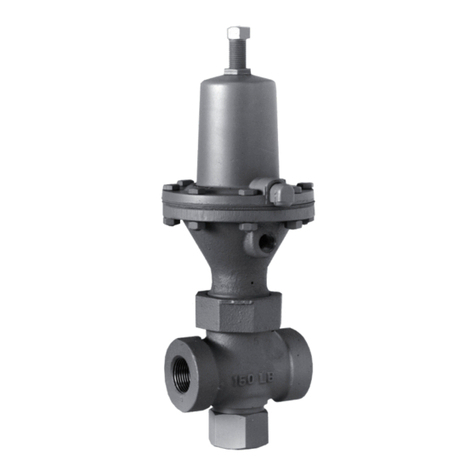
Emerson
Emerson Fisher 122A Series User manual

Emerson
Emerson Penberthy 500 Series Manual
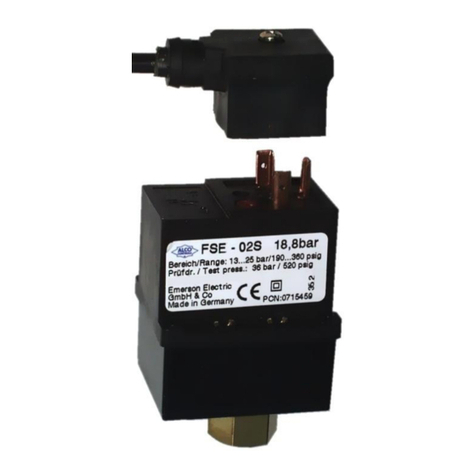
Emerson
Emerson ALCO CONTROLS FSE-0 User manual

Emerson
Emerson Fisher EZ easy-e User manual

Emerson
Emerson Rosemount RM5800 User manual
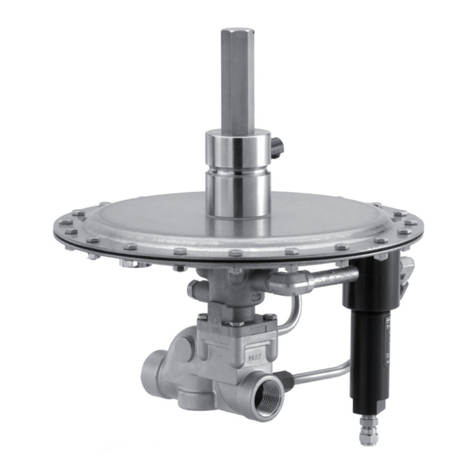
Emerson
Emerson Fisher ACE95 Series User manual
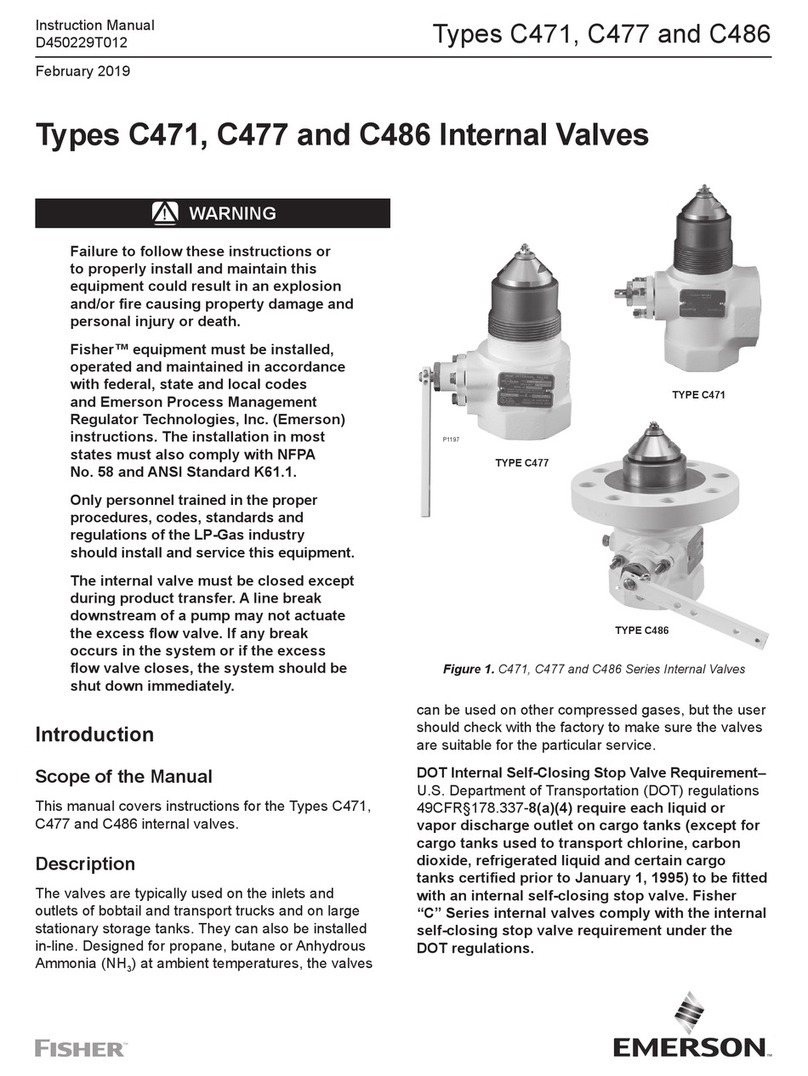
Emerson
Emerson C471 User manual
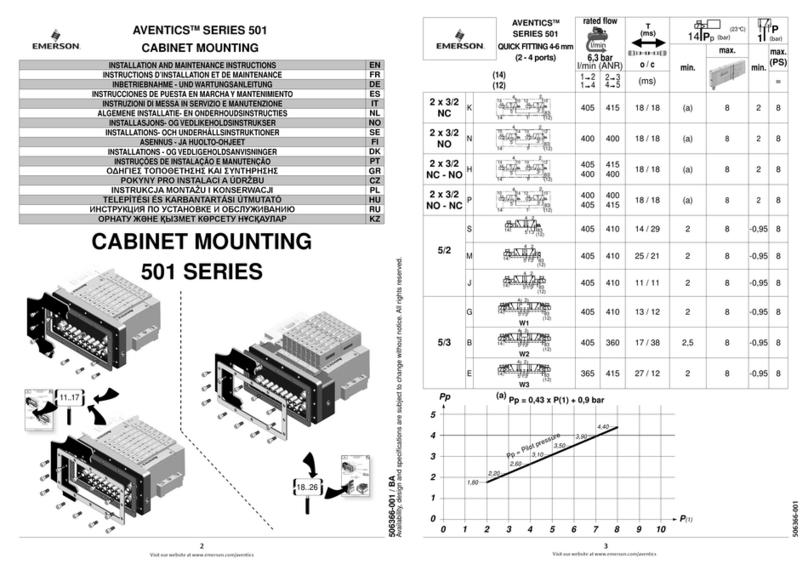
Emerson
Emerson AVENTICS 501 Series User manual
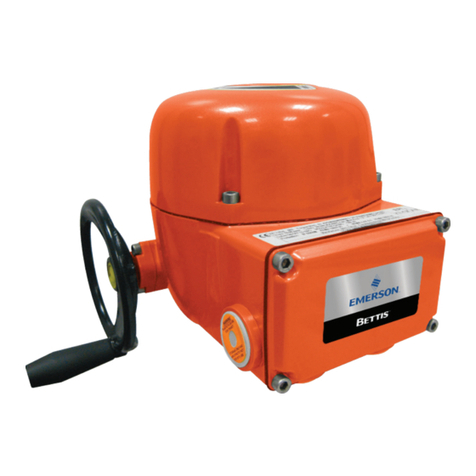
Emerson
Emerson Bettis OM3 User manual

Emerson
Emerson Asco 330 Series User manual
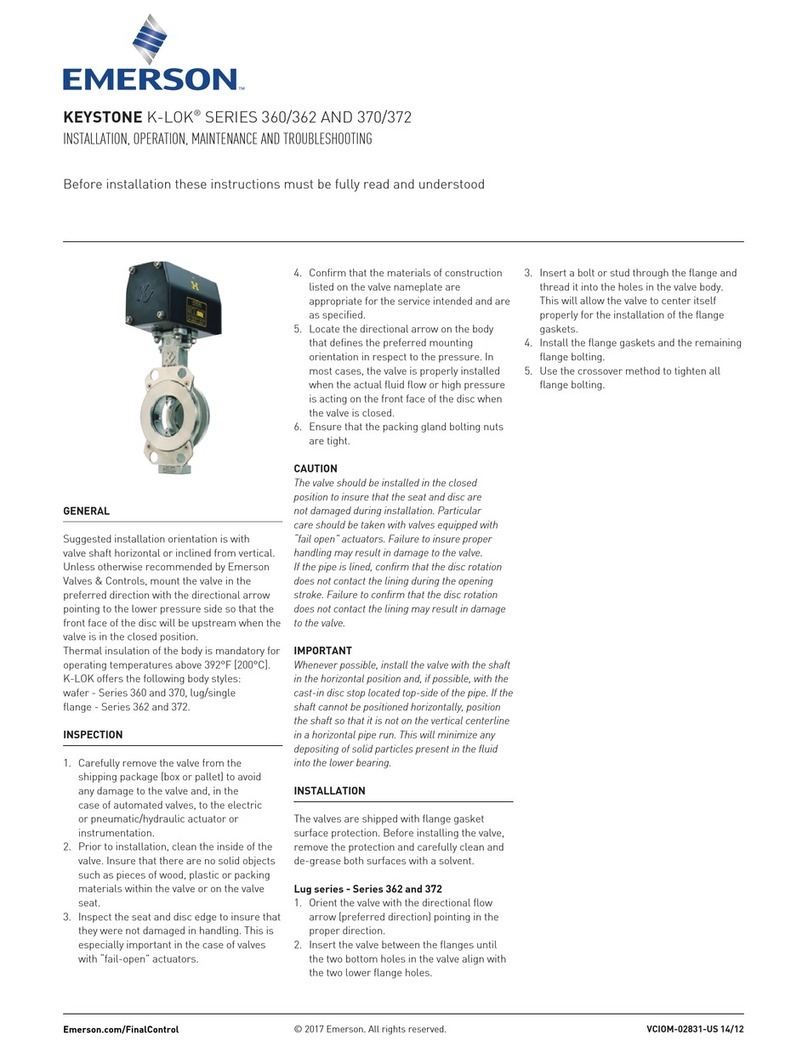
Emerson
Emerson Keystone K-Lok 360 Series Operating instructions

Emerson
Emerson Fisher Multiport Flow Selector User manual

Emerson
Emerson Keystone PED Quick guide

Emerson
Emerson Fisher H200 Series User manual

Emerson
Emerson TX7 User manual

Emerson
Emerson Enardo ES-850 Series User manual
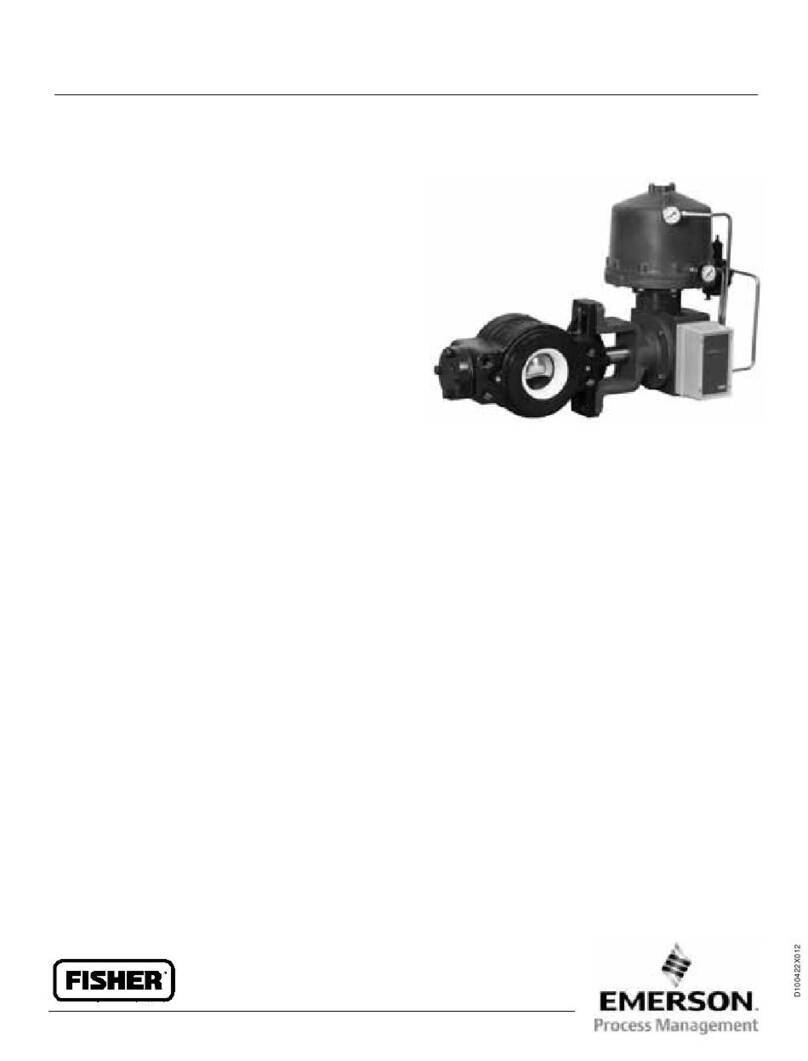
Emerson
Emerson Fisher V250 User manual
Popular Control Unit manuals by other brands
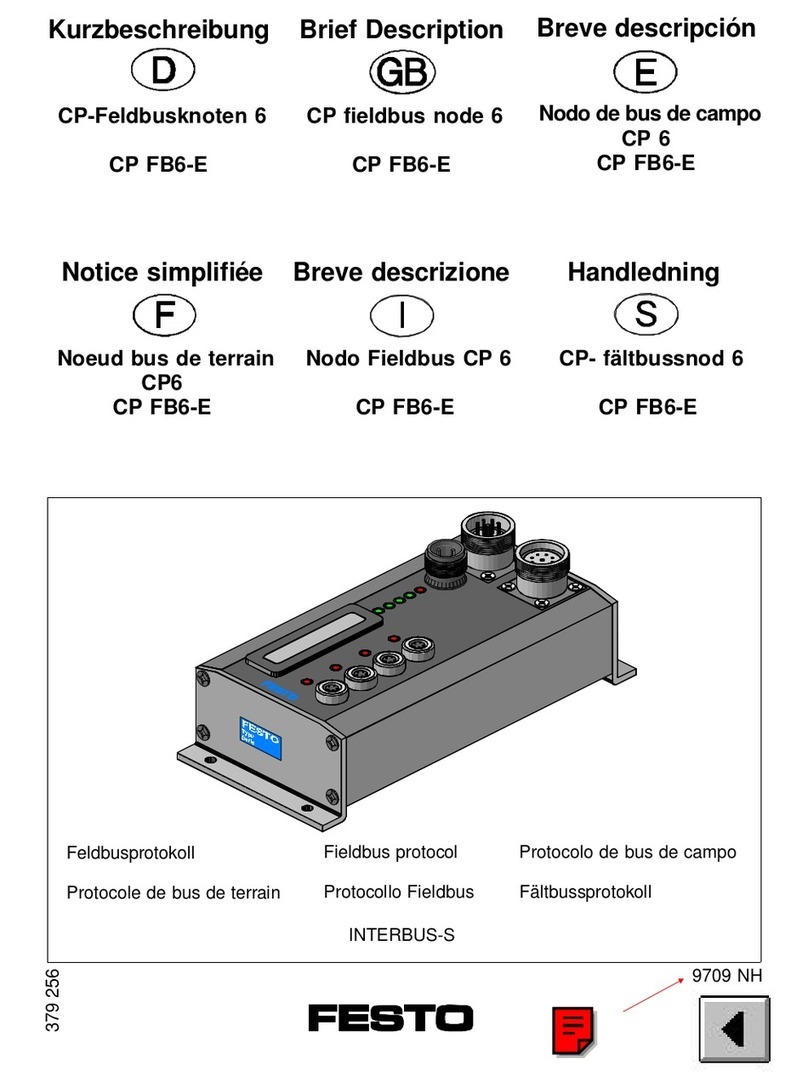
Festo
Festo Compact Performance CP-FB6-E Brief description
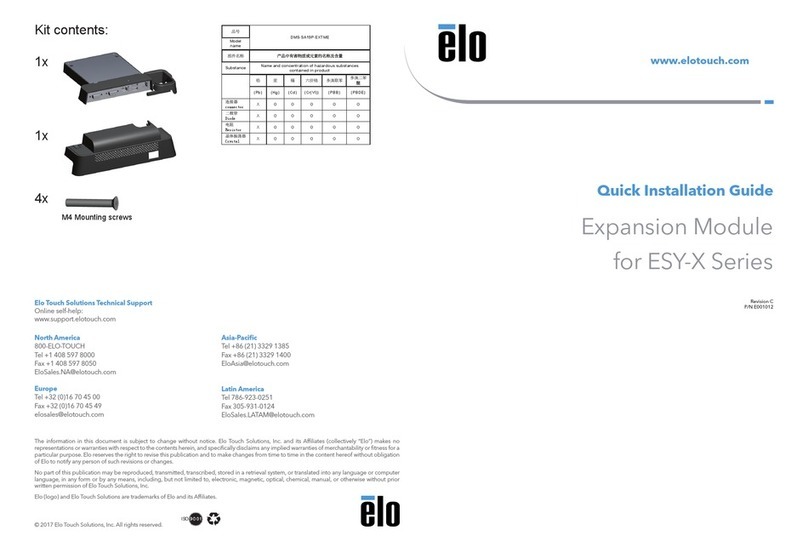
Elo TouchSystems
Elo TouchSystems DMS-SA19P-EXTME Quick installation guide
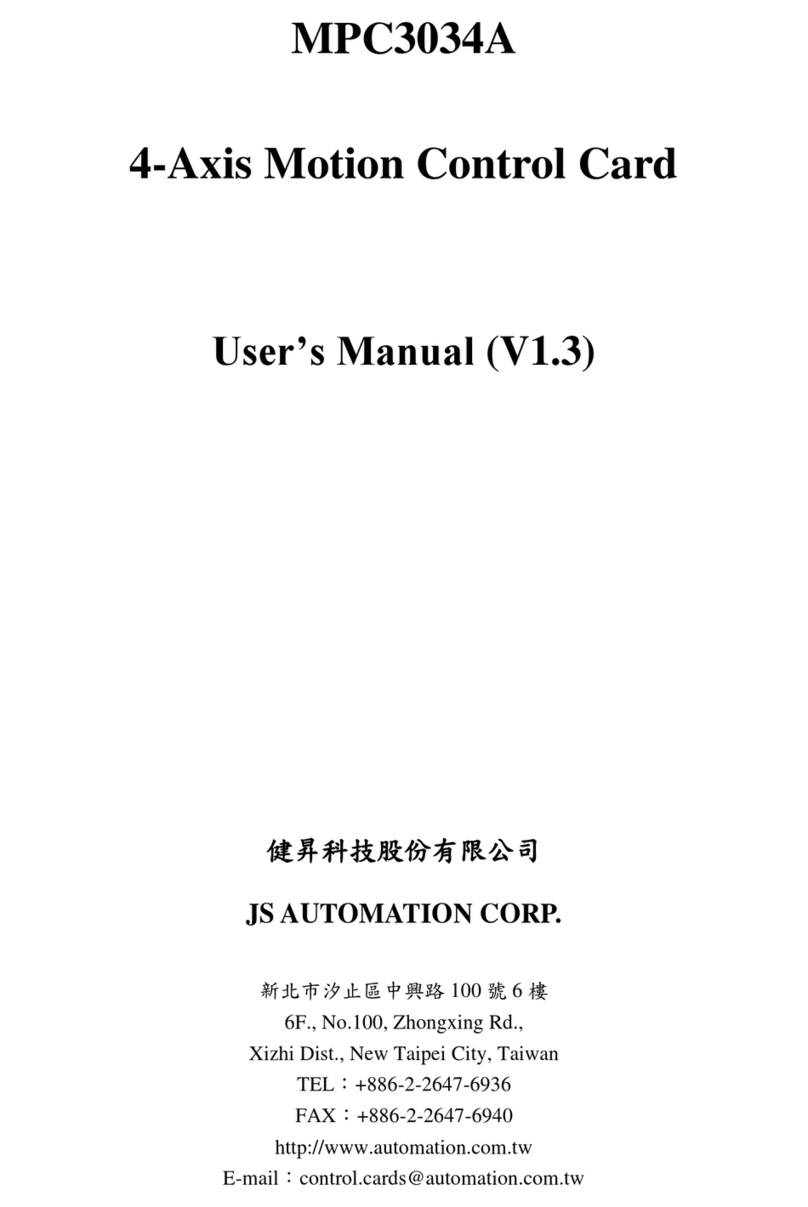
JS Automation
JS Automation MPC3034A user manual
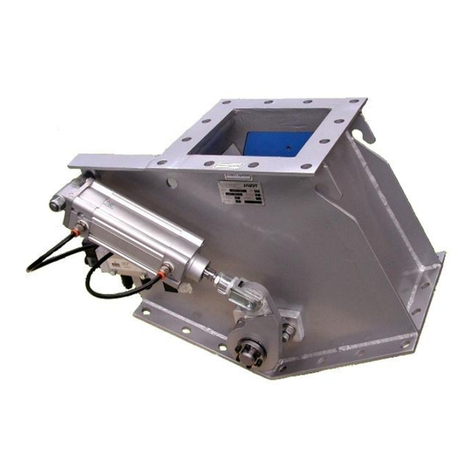
JAUDT
JAUDT SW GII 6406 Series Translation of the original operating instructions

Spektrum
Spektrum Air Module System manual
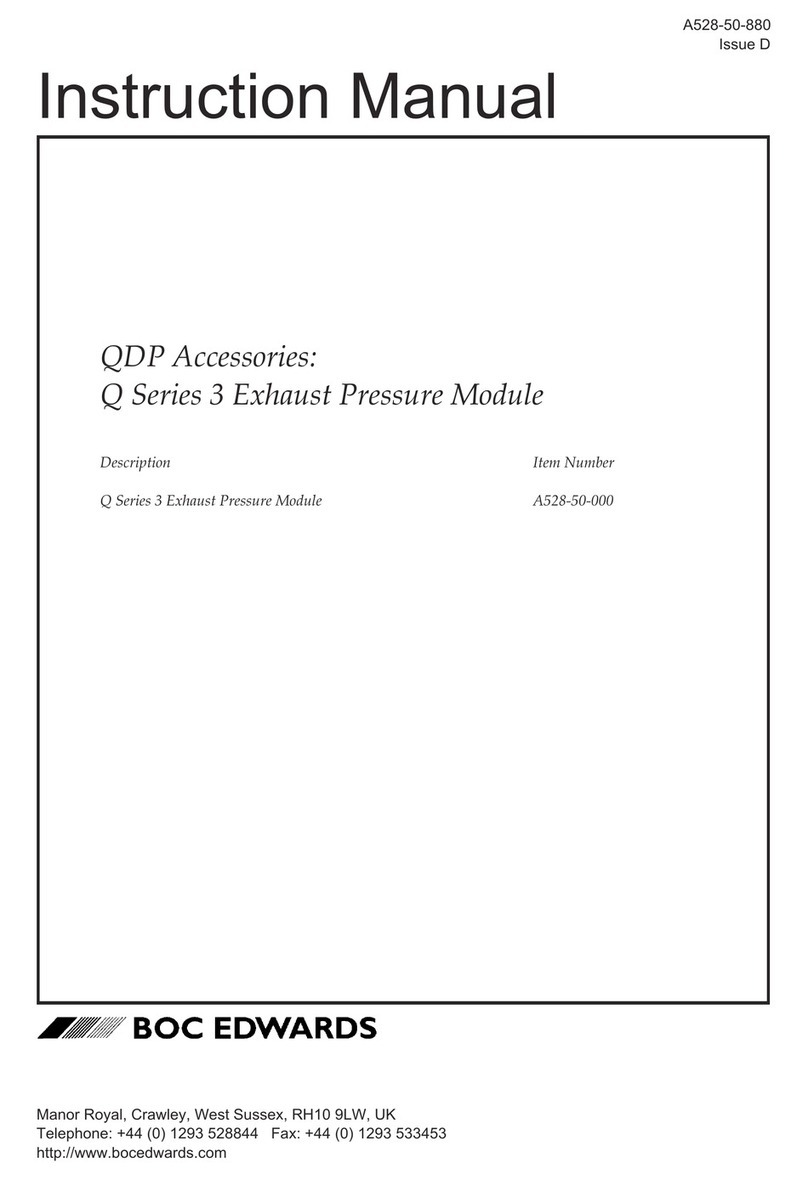
BOC Edwards
BOC Edwards Q Series instruction manual

KHADAS
KHADAS BT Magic quick start
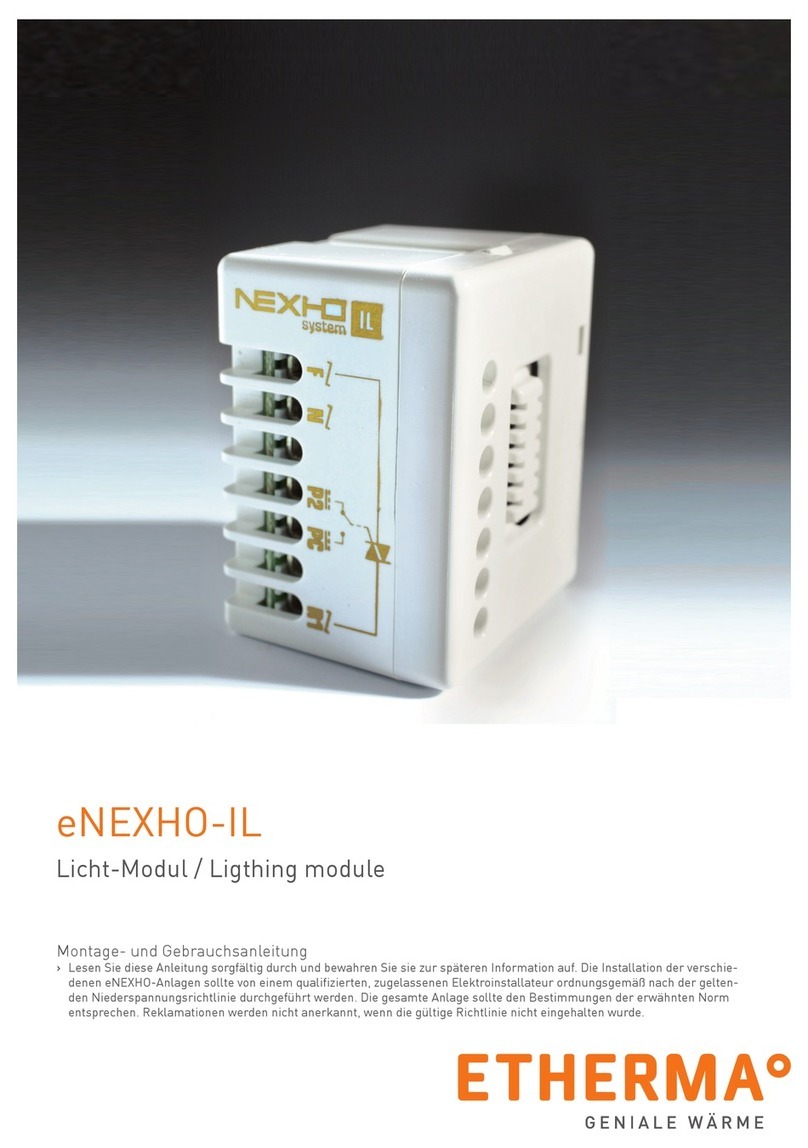
Etherma
Etherma eNEXHO-IL Assembly and operating instructions
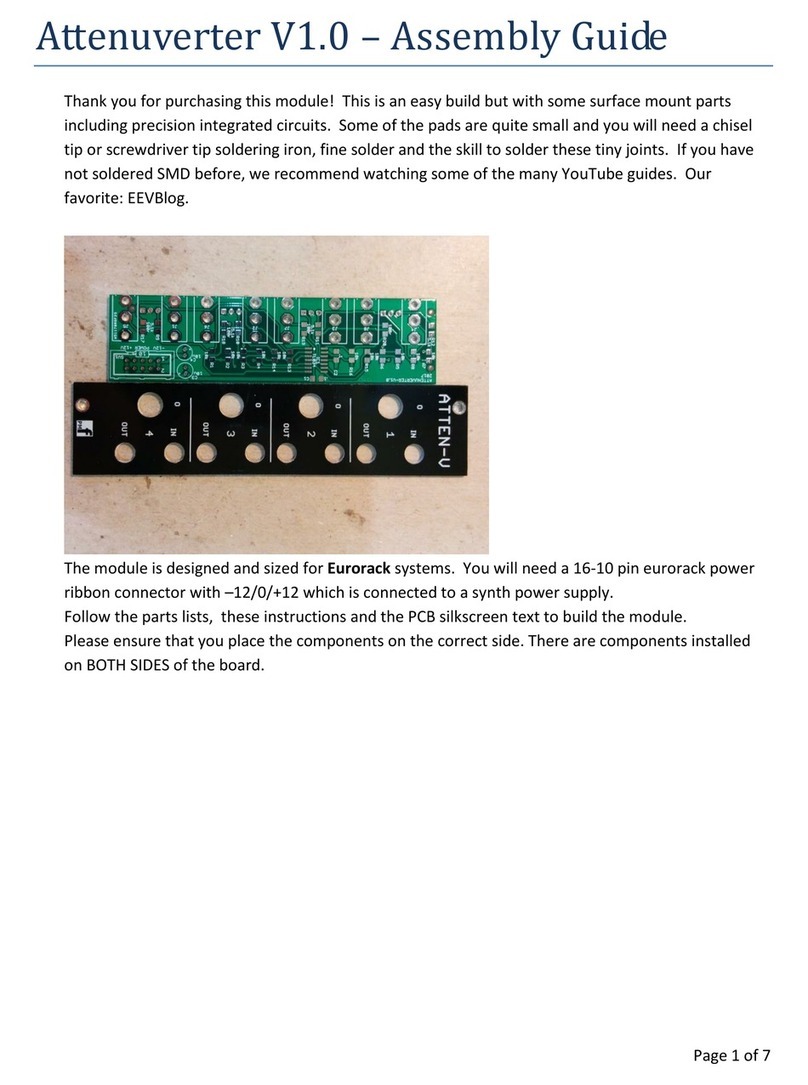
PMFoundations
PMFoundations Attenuverter Assembly guide
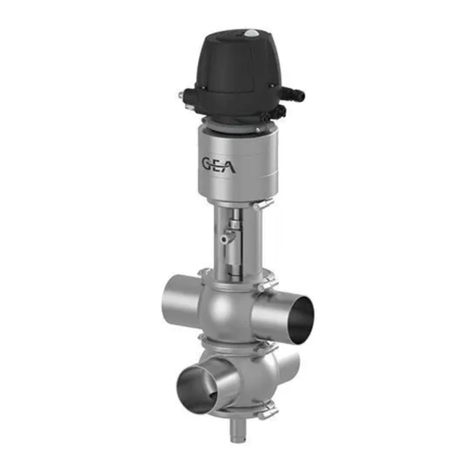
GEA
GEA VARIVENT Operating instruction
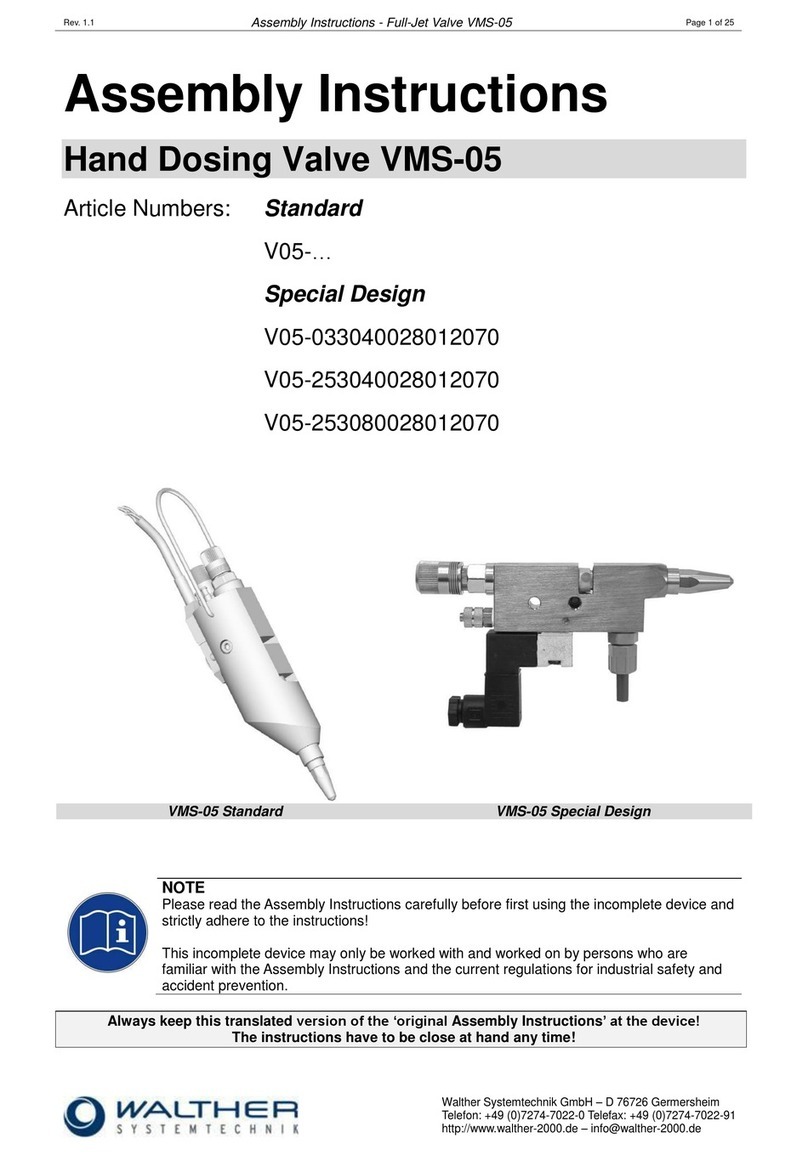
Walther Systemtechnik
Walther Systemtechnik VMS-05 Assembly instructions

Altronix
Altronix LINQ8PD Installation and programming manual
